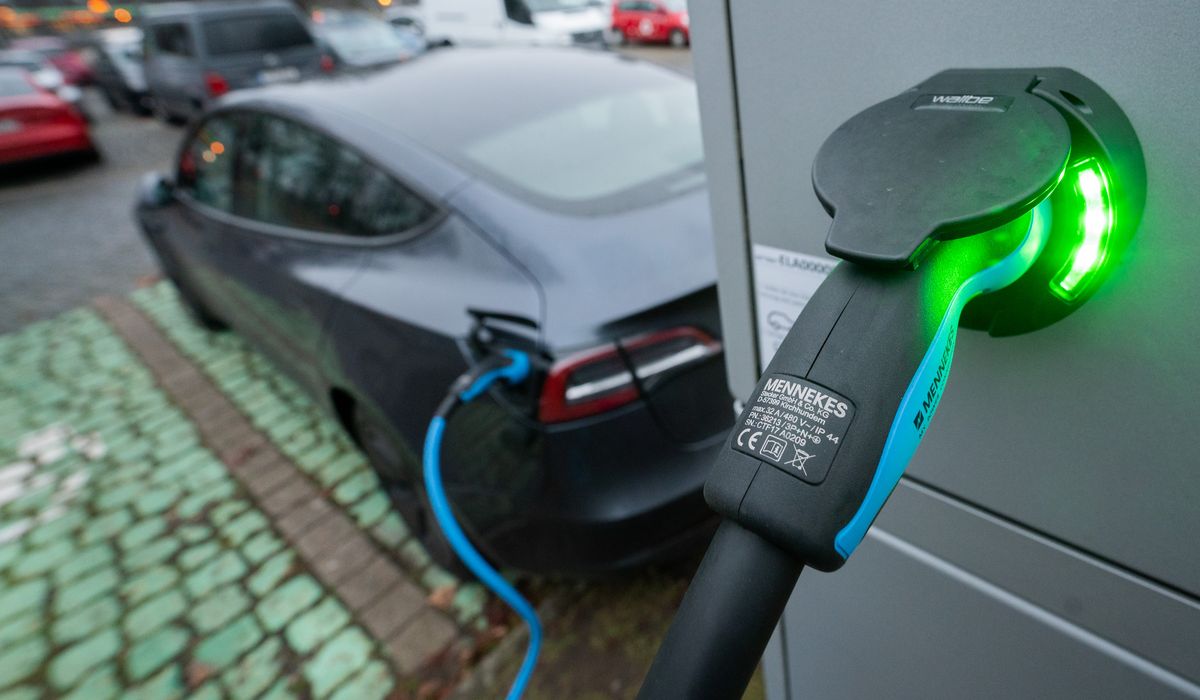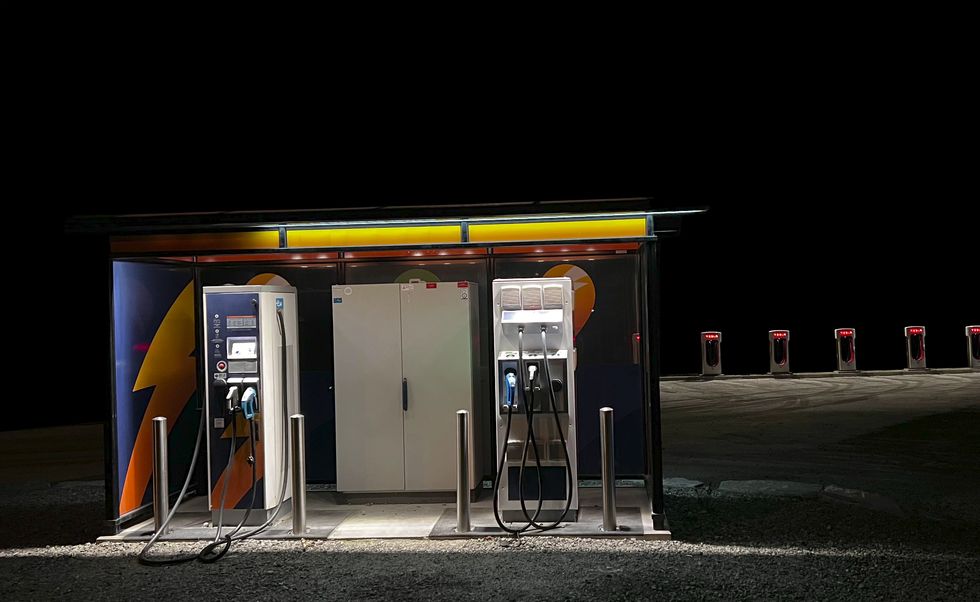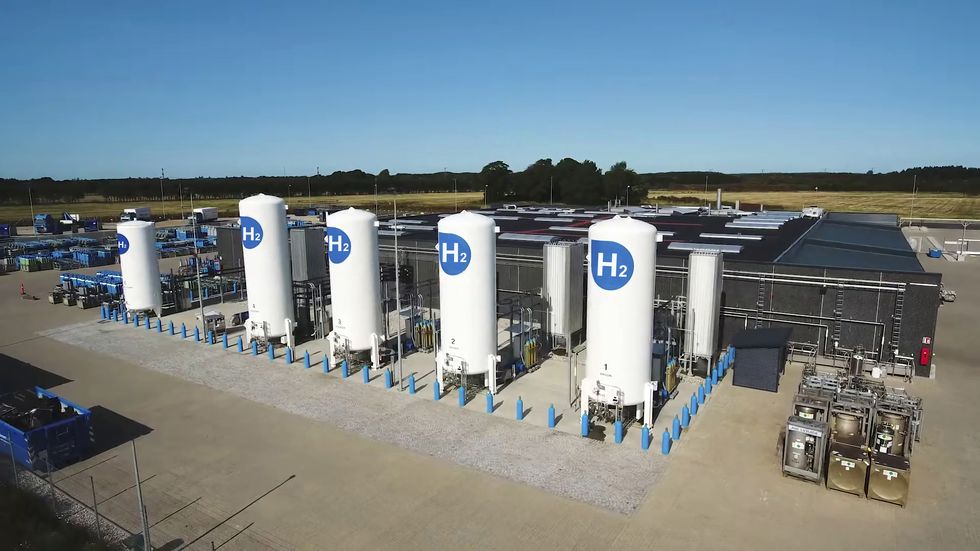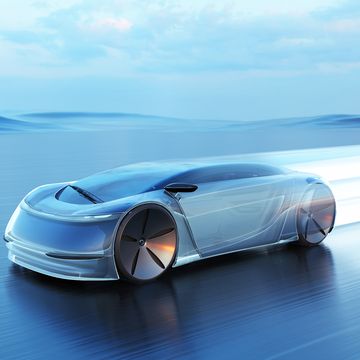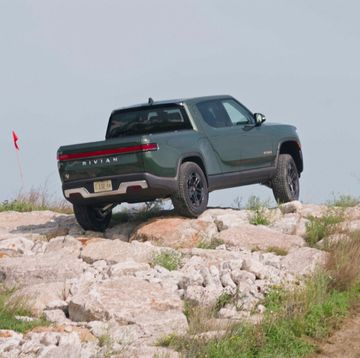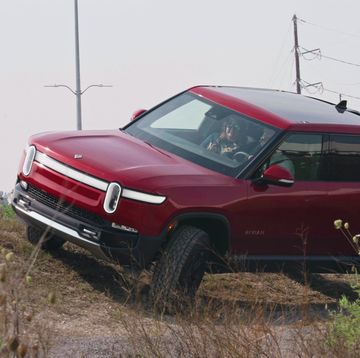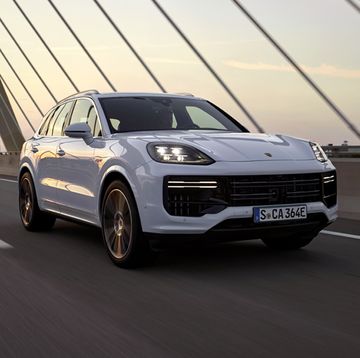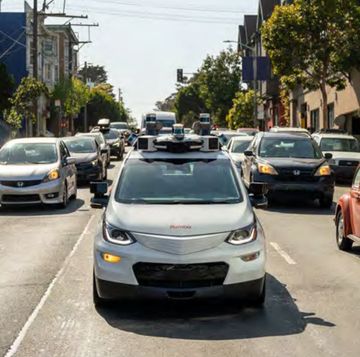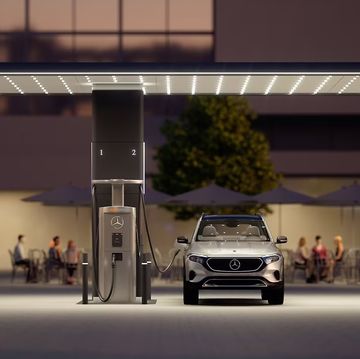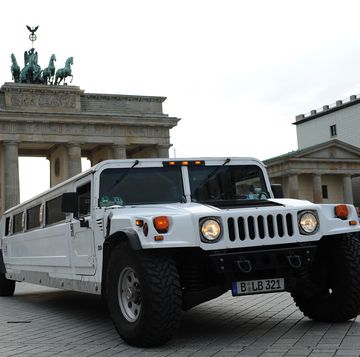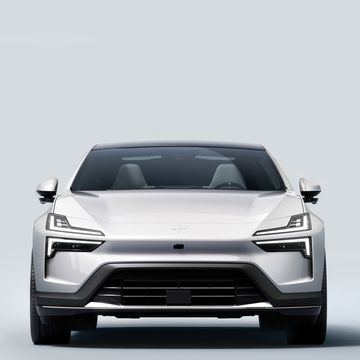- As summer heat peaks and demand for electricity peaks with it, the need for a smarter grid has never been greater.
- Part of the increased demand comes from electric cars, which have to plug in to the grid to “refuel.”
- EVs and hydrogen fuel cell vehicles can actually help alleviate load on the grid, via V2G or vehicle-to-grid charging, and even through the use of off-peak power to create hydrogen for fuel cell vehicles.
Just about the entire country is sizzling under end-of-summer high-heat-Hades right now. As air conditioners whir across the country in vain efforts to counter this frying pan peak, electricity grids are maxxed out.
This Labor Day Weekend, for instance, we here in the Golden State have all been told by the California Independent System Operator—the entity that controls the electric grid in the state—to curtail electricity use from 4 p.m. to 9 p.m. every day through next week. The reason given was that if we carry on with business as usual it would mean rolling blackouts—i.e., we might crash the system. A gander at the National Weather Service map shows the whole country is sizzling, too, so as California goes, so goes the nation, at least this weekend. The Cal ISO request for “voluntary energy conservation” includes citizens being asked not to charge their electric cars during those hours. Of course, citizens are also asked to curtail use of their air conditioners, washing machines, dishwashers, and vacuum cleaners, too. Not to mention any scheduled maintenance on electric power plants in the state is being delayed.
But it’s the electric car charging that is getting all the attention.
Which begs the question: Can the grid handle the heat? Especially with a million electric cars in the state of California as of February of this year, according to the governor’s office. The answer is yes. And if it’s done smartly, EVs and fuel cells can actually help buffer peak demand on the grid.
As I type this the clock just passed 9 p.m. and I turned on the dishwasher. We can all cooperate in making the most of the electric grid we have. The reason power is so strained from 4 p.m. to 9 p.m. is because solar power input trickles out, but demand for air conditioning remains. So we turn on the dishwasher outside those hours. But that’s only a few days a year that the grid gets so overloaded.
Which then leads to a couple ways the presence of a million or more zero-emission vehicles can actually help buffer loads like that.
- Think of the one million electric cars in California, for instance (though they could be anywhere), as a huge battery, storing electric capacity for use in times of peak demand. One million EVs with 100-kWh batteries equals 100 million kWh. When the grid needs a little boost, like during those peak hours, a million battery packs stand ready. Or they could stand ready. The only thing missing is V2G charging capability. That’s vehicle-to-grid. Those Ford F-150 Lightning commercials showing a pickup truck easily powering a home during a blackout? Imagine that working on a much grander scale. For it to work, we need politicians and carmakers to imagine it, too. IEEE Spectrum, the house organ of the International Electrical and Electronics Engineers, notes that a demo project is underway in Utrecht, Netherlands, to implement V2G into that city’s power grid. Such a system would only have to work a few times a year.
- With off-peak electric grid capacity available overnight, you could not only charge all million-plus EV batteries when demand is low and supply is high, but an enterprising utility could use the cheap electricity to produce hydrogen for use in the 14,198 hydrogen fuel cell vehicles in California, using clean electrolysis to make the hydrogen instead of reformation of natural gas, the latter which process emits carbon monoxide and CO2. Off-peak H2 production therefore represents another potential means of energy storage. A paper from the National Renewable Energy Laboratory details the efficiencies of such a plan depending on a number of variables, such as exactly how much energy costs drop overnight.
As the world loads up on an electric future—and very small percentage of hydrogen—will any of this work? Remember, the above ideas are just for peak load days, which so far this year look like they’ll account for about six days total here in California. Outside of those peaks in demand, the grid has been shown to be more than capable of handling all the EVs it wants to. According to a study by Pacific Northwest National Labs, cited in Autoweek in a 2020 article, the grid is easily capable of handling an influx of electric cars—and will get even more capable as the grid evolves to include more home solar and more home-storage batteries.

